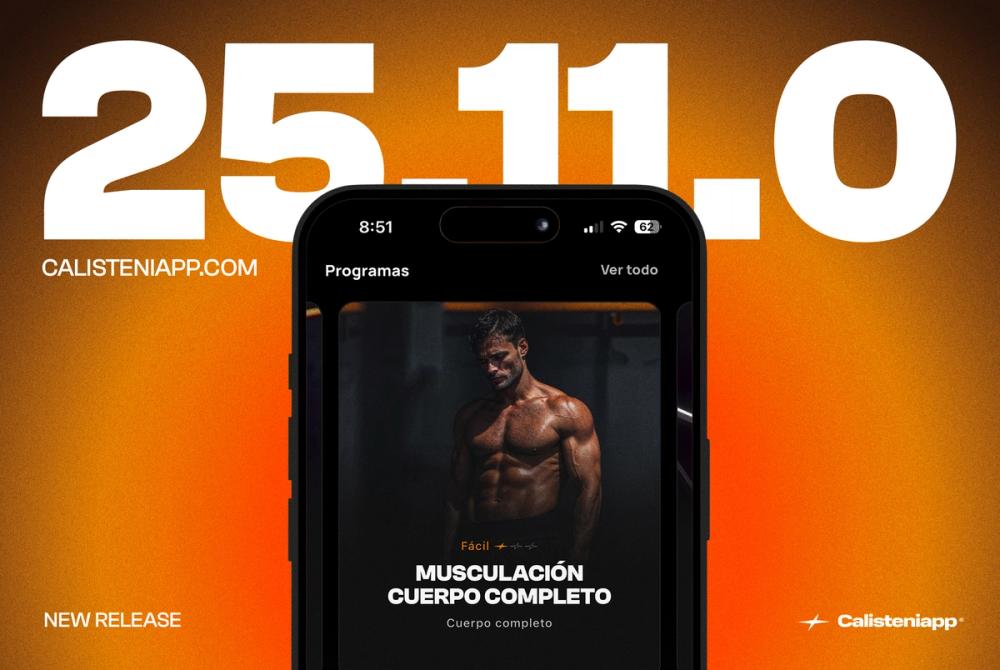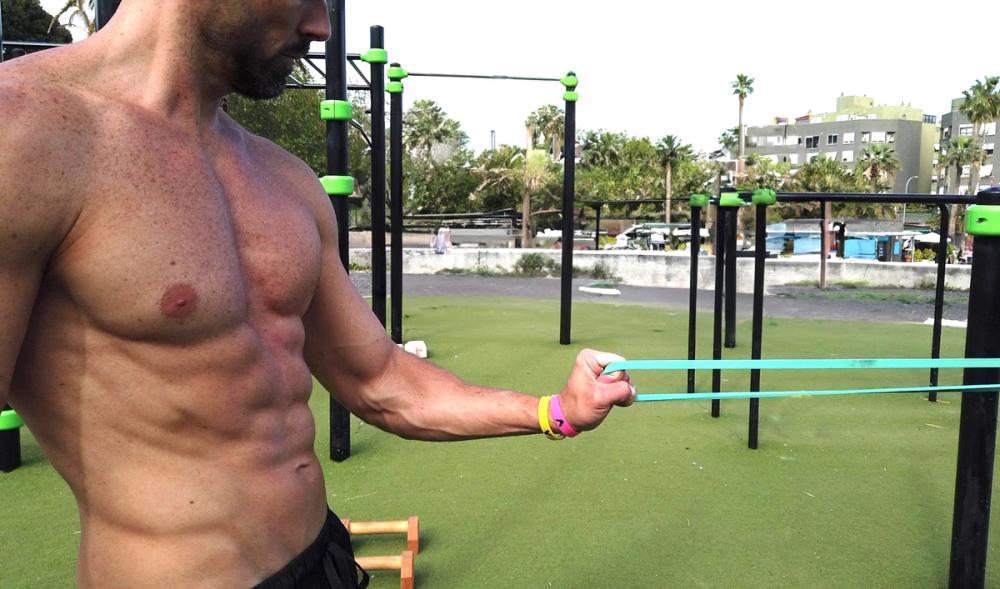
Release 25.11.0 - A new beginning
Calisteniapp is a symbol that represents our obsession with excellence, our essence, and the path we want to define for the next ten years.

Every now and then, I get questions about how to increase the number of reps in a specific exercise. What’s interesting is that people often suggest things like adding weight, doing slow tempo reps, adding complementary exercises, or strengthening the involved muscles.
While all of those might have some merit in certain contexts, none of them are actually the most effective way to get more reps in a specific movement.
The best way to reach that goal doesn’t involve exotic or supplementary methods. It’s much simpler: increase your weekly volume of reps for that specific exercise.
So how do you actually go about doing that? There are several ways. Let’s look at some examples for someone who can currently do a maximum of 10 pull-ups and wants to increase that number:
As you can see, all of these methods follow the same principle: increase the total volume of reps for your target exercise during each session, and by extension, across the week.

If you're currently able to do between 1 and 5 reps, here’s what I recommend:
As for the other ideas I often hear, like adding weight, using tempo reps, or doing complementary exercises—they can work, but they’re not ideal.
Take weighted reps, for example. That approach is more about building strength than endurance. Sure, getting stronger can lead to a slight improvement in endurance, since the two qualities are connected. But it’s not the most efficient way to improve endurance. Doing high-volume reps of the target movement, without added weight, is a much better strategy for that.
In Calisteniapp, there’s an entire section dedicated to this topic. Just go to the "Workouts / Sessions / Endurance" section and you’ll find 122 free routines that can help you out. If you’re a PRO user, we also offer full training programs like Intermediate Endurance and Elite Endurance, with detailed weekly programming designed specifically to help you improve this ability. Go check it out!
Hope this clears things up and gives you something useful to apply in your own training.

Yerai Alonso
Cofundador de Calisteniapp, referente en calistenia y el street workout en Español. Con más de una década de experiencia, es creador de uno de los canales de YouTube más influyentes del sector. Autor del libro La calle es tu gimnasio, campeón de Canarias y jurado en competiciones nacionales e internacionales.
Join our newsletter
Learn everything you need to know about calisthenics

Calisteniapp is a symbol that represents our obsession with excellence, our essence, and the path we want to define for the next ten years.

Descubre los mejores ejercicios de antebrazo para calistenia. Mejora fuerza, agarre y control corporal con entrenamientos efectivos sin pesas.

Discover the 20 most effective ab exercises to train and strengthen your core through calisthenics.
